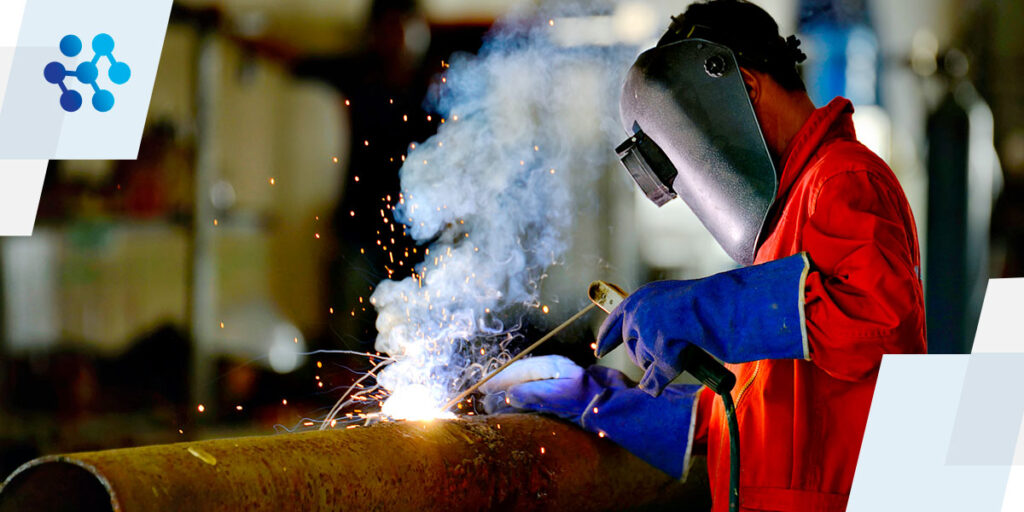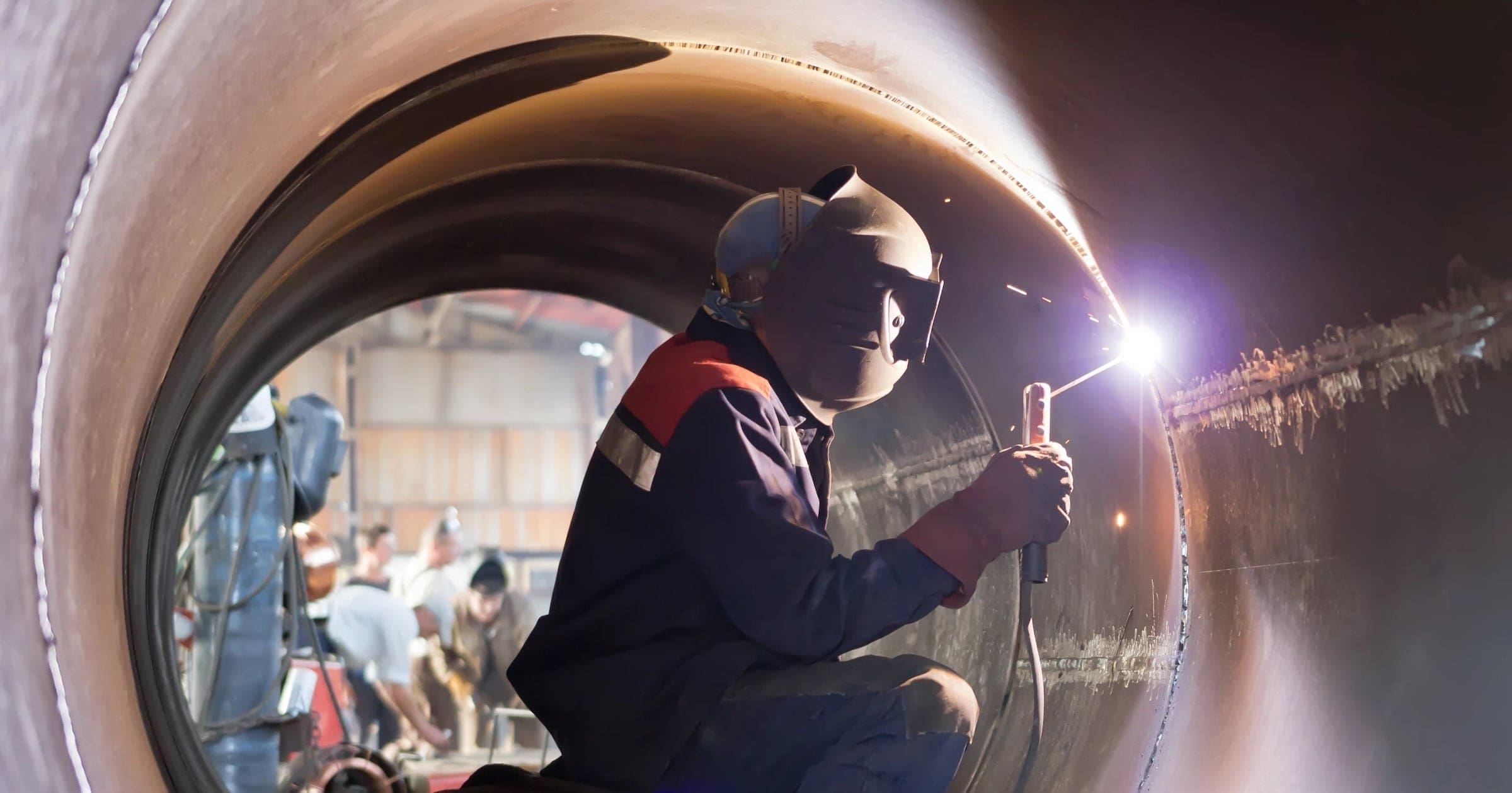Common Welding Fixing Issues and Exactly How to Address Them Successfully
Welding fixings often run into a variety of issues that can threaten the integrity of the last product. Common troubles include insufficient infiltration, porosity, and imbalance, to name a few. Each defect presents unique difficulties that call for particular strategies for resolution. Comprehending these issues is vital for welders aiming to boost their skills and results. This discussion will check out these common welding repair work problems and effective approaches to address them.
Poor Infiltration
Poor infiltration takes place when the weld metal stops working to fully fuse with the base material, causing weak joints and prospective structural failings. This problem often comes from not enough warmth input, incorrect electrode angle, or incorrect welding speed. Welders might run into insufficient penetration due to a mistake of the required criteria for a details material density or kind. Additionally, contamination on the base material's surface area can hinder effective bonding, intensifying the issue. To resolve insufficient infiltration, welders need to assure proper setups on their devices and maintain a clean job surface area. Routine inspection of welds is suggested to identify any shortages early, enabling prompt modifications and the avoidance of endangered architectural honesty in bonded settings up.
Porosity
Porosity is a common defect in welded joints that shows up as tiny gas bubbles entraped within the weld steel. This problem can compromise the stability of the weld, bring about reduced stamina and potential failing under stress and anxiety. Montana Mobile Welding and Repair Fabrication. Porosity generally develops from contamination, moisture, or inappropriate welding strategies, which allow gases to leave right into the molten weld swimming pool. To deal with porosity, welders ought to ensure correct surface area prep work, maintain a clean functioning setting, and utilize ideal welding specifications. Additionally, picking the best filler material and securing gas can mitigate gas entrapment. Regular assessment and testing of welds can help determine porosity early, assuring prompt rehabilitative activities are taken, thereby preserving the top quality and dependability of the welded framework
Imbalance
Imbalance in welding can emerge from numerous factors, including incorrect arrangement and thermal growth. Understanding the origin triggers is vital for reliable resolution. Several modification techniques are offered to realign elements and guarantee architectural honesty.
Reasons for Imbalance
Welding imbalance frequently comes from a variety of underlying problems that can compromise structural integrity. One key reason is incorrect fit-up of elements prior to welding, which can result in spaces and unequal surface areas. Variants in thermal growth during the welding procedure can also lead to distortion, especially if the materials being joined have various coefficients of growth. Additionally, insufficient clamping and fixturing might fail to hold parts safely in position, resulting in motion throughout welding. Inadequately kept tools, including welding makers and tools, might present incongruities in the weld grain, more contributing to imbalance. Ultimately, operator error, originating from not enough training or experience, can also play a considerable function in developing misaligned welds.
Improvement Methods Available
Dealing with imbalance efficiently calls for a combination of rehabilitative methods customized to the certain concerns available. One usual technique is the usage of jigs or components to hold elements in the appropriate position during welding, making certain regular placement. Additionally, pre-heating the products can help in reducing distortion and boost fit-up. For significant imbalance, mechanical adjustment techniques, such as using hydraulic jacks or clamps, can be used to fix the placement prior to welding. Post-weld heat treatment might likewise be needed to relieve stress and anxieties brought on by imbalance. Cautious assessment and change throughout the configuration phase can avoid misalignment issues from becoming significant problems, promoting a smoother welding process and enhancing total architectural stability.
Distortion
Distortion is an usual difficulty in welding that can emerge from different aspects, consisting of uneven heating & cooling. Recognizing the sources of distortion is essential for implementing effective prevention techniques. Resolving this issue not only improves architectural stability however likewise enhances the general top quality of the weld.
Root causes of Distortion
When based on the intense warmth of welding, materials commonly go through adjustments that can bring about distortion. This phenomenon primarily develops from thermal development and tightening during the welding process. As the weld area warms up, the product broadens; upon cooling, it contracts, which can create internal anxieties. Furthermore, uneven home heating across a work surface can exacerbate these stresses, causing warping or flexing. The type of product also plays a substantial function; metals with differing thermal conductivity and coefficients of growth may respond in different ways, leading to unforeseeable distortions. Bad joint design and poor fixturing can contribute to misalignment during welding, boosting the chance of distortion. Comprehending these reasons is essential for efficient welding fixing and prevention techniques.
Avoidance Techniques
Effective avoidance methods for distortion throughout welding emphasis on regulating heat input and making certain appropriate joint layout. Preserving a regular warmth input assists to reduce thermal expansion and tightening, which can bring about distortion. Making use of methods such as pre-heating the work surface can additionally decrease the temperature level gradient, promoting uniform home heating. Additionally, choosing appropriate joint designs, such as T-joints or lap joints, can improve stability and minimize tension focus. Applying correct fixturing to protect the work surfaces in position further aids in maintaining alignment during the welding process. Staggered welding series can distribute warmth much more uniformly, avoiding local distortion. By applying these methods, welders can greatly reduce the likelihood of distortion and boost the overall high quality of their welds.
Splitting
Splitting is a typical problem experienced in welding repair work, typically arising from various factors such as improper cooling rates, material option, or poor joint prep work. The event of splits can significantly jeopardize the honesty of the weld, resulting in prospective failures throughout operation. To resolve this problem, welders should first evaluate the origin, making certain that products work and appropriately picked for the certain application. Additionally, regulating the cooling price during the welding process is crucial; quick air conditioning can induce anxiety and cause fracturing. Proper joint layout and prep work additionally add to reducing the danger. Applying these strategies can improve weld top quality and longevity, eventually reducing the likelihood of splitting in ended up in 1 welder plasma cutter weldments.

Insufficient Combination
A significant problem in welding repairs is incomplete combination, which occurs when the weld metal does not properly bond with the base product or previous weld passes - Montana Mobile Welding and Repair Fabrication. This issue can bring about weaknesses in the joint, possibly jeopardizing the stability of the bonded framework. Aspects adding to insufficient combination include not enough heat input, incorrect welding method, and contamination of the surfaces being signed up with. To resolve this concern efficiently, welders ought to guarantee correct pre-weld cleansing and surface preparation, as well as change their welding specifications to achieve ample penetration and combination. Regular evaluation during the welding process can likewise assist determine insufficient blend early, permitting timely rehabilitative actions to improve the general quality of the weld
Overheating
While welding repairs can boost structural integrity, overheating offers a considerable difficulty that can bring about material destruction. Excessive warmth throughout welding can change the mechanical residential or commercial properties of steels, leading to reduced toughness, raised brittleness, and warping. This phenomenon is particularly important in high-stress applications where architectural integrity is vital. Determining getting too hot can entail aesthetic evaluations for staining or distortion, as well as monitoring temperature level during the welding process. To mitigate the dangers related to overheating, welders should utilize appropriate methods, such as controlling warm input, changing traveling rate, and utilizing suitable filler products. Furthermore, applying pre- and post-weld heat treatments can assist bring back product residential or commercial properties and boost the general top quality of the repair, making sure long-term performance and safety.
Regularly Asked Concerns
What Are the Typical Indications of a Welding Issue?

Exactly How Can I Test My Welds for Quality?
To examine welds for top quality, one can make use of visual inspections, ultrasonic testing, and radiographic techniques. Each technique guarantees architectural stability, determines flaws, and verifies adherence to specified standards, eventually enhancing the reliability of the welded joints.
What Security Precautions Should I Take While Welding?
When welding, one ought to focus on safety by wearing suitable personal protective devices, guaranteeing appropriate ventilation, protecting flammable materials away, keeping a tidy office, and being mindful of surroundings to avoid accidents and injuries.
Can I Repair a Weld Without Redoing the Entire Joint?
Repairing a weld without remodeling the whole joint is feasible, depending upon the damage (Montana Mobile Welding and Repair Belgrade Fabrication). Techniques such as best 220v mig welder grinding, including filler material, or utilizing a welding process can effectively deal with certain imperfections while preserving the bordering structure
What Devices Are Necessary for Reliable Welding Repair Works?
Crucial tools for effective welding repairs include a welding equipment, wire brush, grinder, protective equipment, clamps, and filler products. Each tool plays a crucial role in making certain high quality and safety during the repair service procedure. Porosity commonly occurs from contamination, moisture, or improper welding strategies, which permit gases to get away into the liquified weld swimming pool. Inadequately conserved equipment, consisting of welding machines and tools, might present variances in the weld grain, more contributing to imbalance. When subjected to the intense warm of welding, products typically go through adjustments that can lead to distortion. Breaking is a typical concern come across in welding fixings, often resulting from numerous factors such here as improper air conditioning prices, product option, or insufficient joint prep work. A considerable issue in welding repair work is incomplete blend, which takes place when the weld steel does not appropriately bond with the base material or previous weld passes.